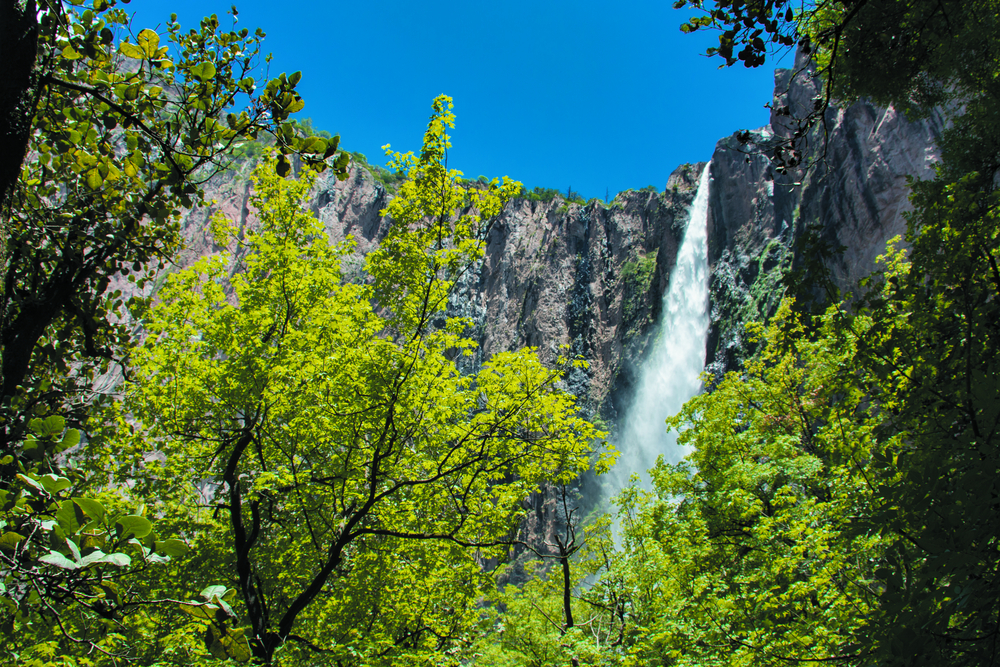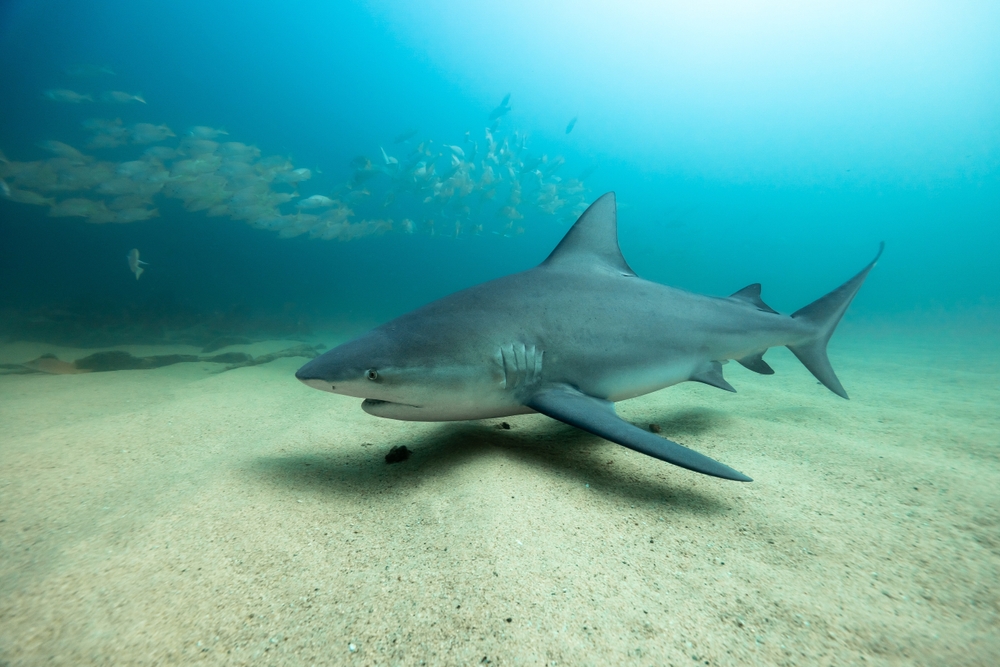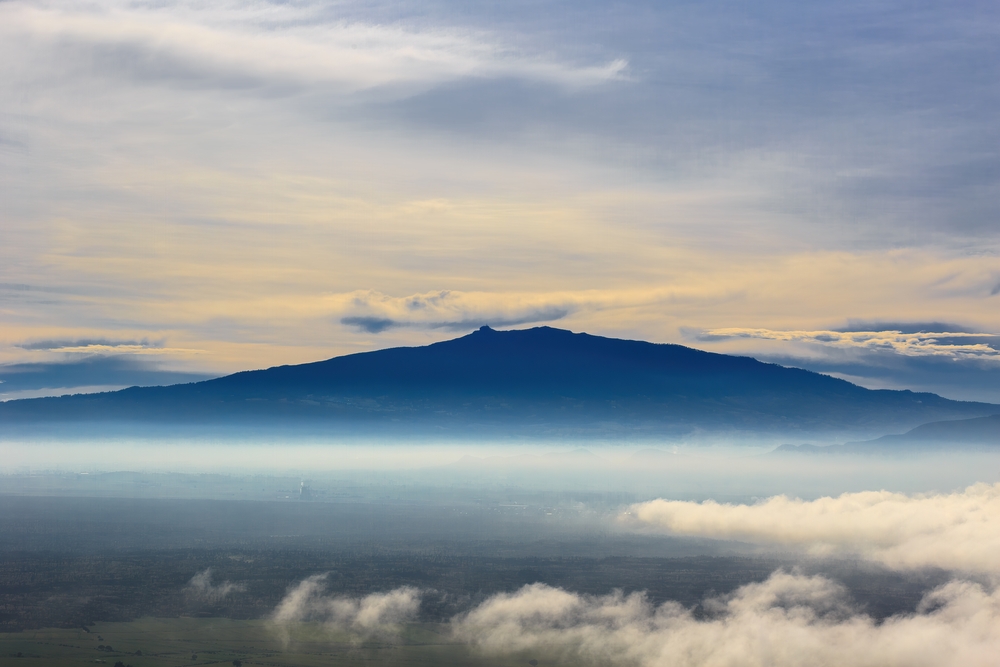Cofre de Perote Overview
Cofre de Perote National Park, known locally as Parque Nacional Cofre de Perote, is located in the state of Veracruz, Mexico. Covering approximately 117 square miles (302 square kilometers), the park is centered around Cofre de Perote, an extinct volcano that reaches an elevation of 14,048 feet (4,282 meters).
The park’s name comes from the distinctive shape of the volcano’s summit, which resembles a coffer or chest. It is one of the highest peaks in Mexico and serves as a natural landmark in the region. The park’s location provides visitors with breathtaking panoramic views, with clear days offering glimpses of nearby mountains such as Pico de Orizaba, Mexico’s highest peak.
The terrain within the park is dominated by volcanic rock formations, rugged ridges, and steep slopes, creating a challenging but rewarding landscape for hikers and climbers. The vegetation consists of high-altitude pine and fir forests, with species such as sacred fir (Abies religiosa) and Montezuma pine (Pinus montezumae) being prominent.
The dense forests provide critical habitat for wildlife and contribute to the park’s cool, misty climate. At lower elevations, oak forests mix with the conifers, forming a diverse ecological zone. In certain areas, alpine grasslands emerge, where fewer trees can survive due to the extreme conditions.
Cofre de Perote National Park supports a variety of wildlife, making it a prime location for nature enthusiasts and birdwatchers. Among the mammals found here are white-tailed deer, pumas, and bobcats, though these large predators are elusive. Smaller mammals such as raccoons, skunks, and squirrels are commonly seen.
The park is also home to an array of bird species, including the rare bearded wood partridge and the striking red warbler. Raptors such as the peregrine falcon and golden eagle soar over the mountainous terrain, preying on smaller animals in the park’s open spaces.
One of the park’s most popular features is the summit of Cofre de Perote itself, which provides a dramatic setting for adventurers. The climb to the top offers hikers a rewarding challenge, with rocky trails and breathtaking views at the peak.
Mountain biking is another popular activity, with designated trails weaving through the forested slopes. Additionally, the park attracts rock climbers who are drawn to its rugged cliffs and unique geological formations. For those interested in a less strenuous experience, the park offers picnic areas and scenic viewpoints that allow visitors to take in the natural beauty without extensive hiking.
Visitors to Cofre de Perote National Park can experience the area in various ways, from hiking and climbing to camping under the clear mountain skies. The cool climate, combined with the park’s biodiversity, makes it an ideal location for outdoor exploration.
Many travelers enjoy guided nature walks, which provide insight into the park’s flora, fauna, and ecological significance. Stargazing is another memorable experience, as the park’s high elevation and lack of light pollution create perfect conditions for viewing the night sky.
Conservation efforts in the park focus on protecting its delicate ecosystems from deforestation and human encroachment. Illegal logging and agricultural expansion pose challenges, but conservation initiatives aim to preserve the park’s forests and wildlife.
Local communities play an active role in these efforts, participating in reforestation projects and sustainable tourism initiatives. The park’s management prioritizes habitat protection while allowing responsible tourism to thrive, ensuring that future generations can continue to enjoy the natural beauty of Cofre de Perote National Park.
Park Map
Cofre de Perote National Park Highlights
Share your clicks with us
Related National Parks More Mexico

Basaseachic Falls National Park

Benito Juárez National Park

Bosencheve National Park

Cabo Pulmo National Park

Cañón del Río Blanco National Park

Cañón del Sumidero National Park

Cerro de Garnica National Park

Cerro de Las Campanas National Park

Cerro de la Estrella National Park











































































